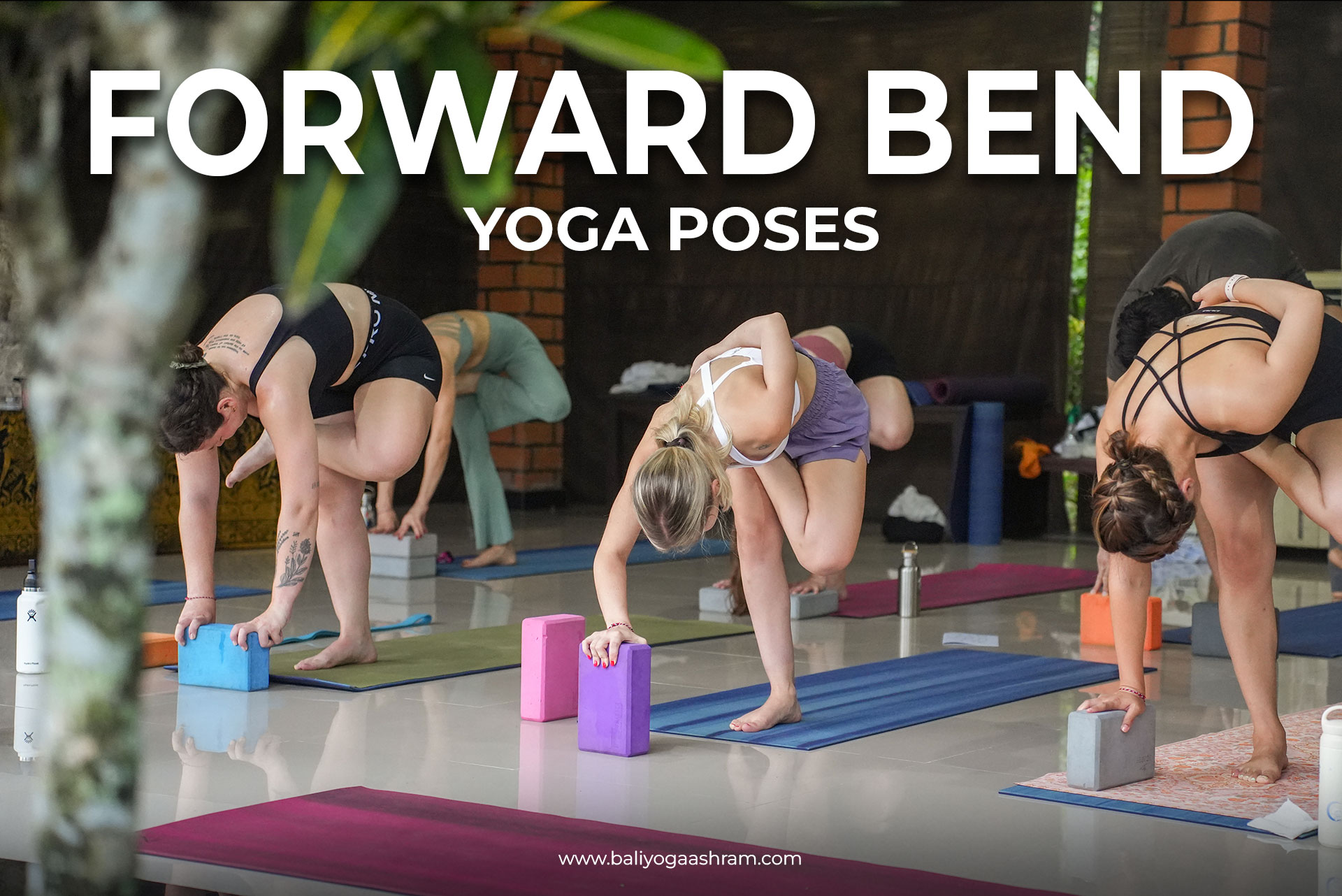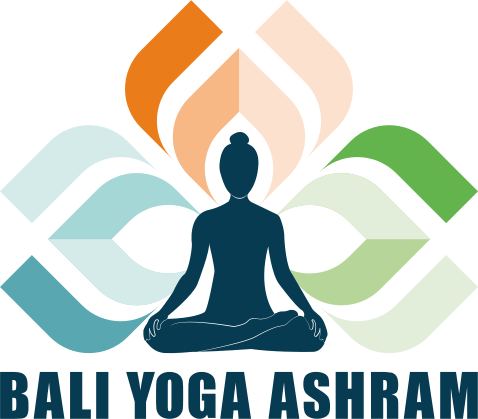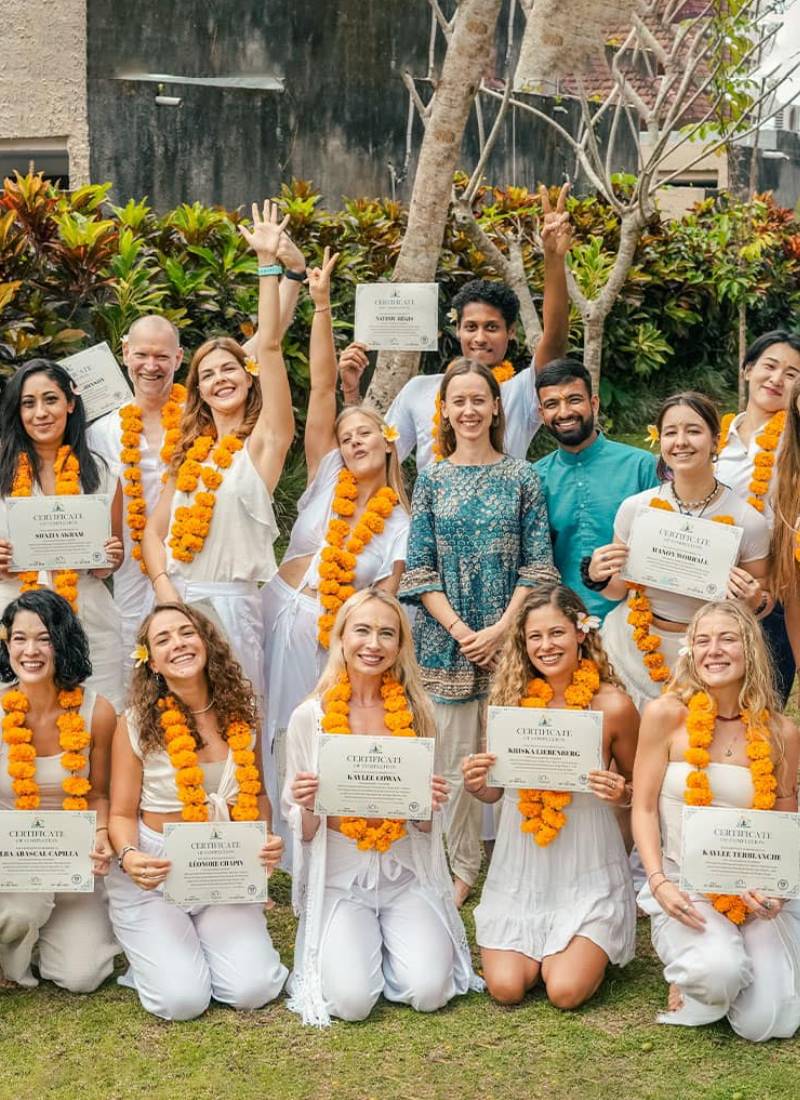
Forward bend yoga poses are the popular grounding and calming practices in a yoga routine. In forward bend yoga poses, you gently fold your upper body toward your legs, bringing the chest closer to the thighs in a calm and controlled way. forward bending asanas are not just about bending deeply; they are about surrendering the ego, turning the attention inward, as well as stretching the spine and hamstrings.
What Are Forward Bend Yoga Poses?
Forward bends are the way of bending the body in a forward direction that involves folding the upper body over the lower body. The forward bending can be practiced in standing position(like in Uttanasana), sitting position (like in Paschimottanasana), or even lying down. The Forward Bend Yoga Poses stretch the body from the heels to the neck as well as calm the nervous system. Forward bends are very helpful in the condition of feeling stressed, anxious, or overstimulated. Forward bending yoga activates the parasympathetic nervous system of the body slowly and softly, which helps you feel calm and centered. Forward fold yoga poses also improve digestion, reduce fatigue, and give the spine a much-needed break from everyday stress. Many yoga practitioners may feel emotional release or deep relaxation while practicing these forward bend yoga poses—and that’s the magic of them.
Key Benefits of Forward Bend Yoga Poses
forward bending asanas provide you with many powerful benefits when you practice forward bending asanas regularly:
- Forward fold poses relieves stress and anxiety
- Improves flexibility in the spine and hamstrings
- Enhances blood flow to the brain
- Calms the mind and supports better sleep
- Stimulates the liver, kidneys, and digestive organs
- Reduces back and neck stiffness
- Promotes emotional release and introspection
But remember, these benefits come when you practice mindfully—not by forcing your body. Always listen to how your body feels in each pose.
Precautions To Take Before Practicing
Forward bends should be done with care, especially if you have lower back pain, disc issues, or tight hamstrings. Always bend your knees slightly if needed. Use cushions or yoga props such as yoga blocks to make your practice flawless. If the pain occurs especially in the lower back, come out of the pose slowly and softly. Never round the spine forcefully.
Effective Forward Bending Yoga Poses to Practice
We have explained in short five best forward bend yoga poses that are very effective, safe, and as well as suitable for people of all ages.
- Standing Forward Bend or Uttanasana
Uttanasana is a standing forward bend pose. For performing this pose, a practitioner needs to fold forward from the hips.
Benefits: This asana relieves stress, stretches the hamstrings, as well as improves digestion.
How to practice: Begin by standing upright in Mountain Pose with your feet firmly grounded. When you take the breath in, make the spine grow tall. On your out-breath, gently hinge at the hips and fold your torso over your legs. Allow your arms and your head to relax fully.
- Seated Forward Bend or Paschimottanasana
It is a seated forward bend fold that stretches the complete back of the body deeply.
Benefits: This pose calms the mind, improves digestion, as well as increases flexibility.
How to practice: Sit down with ease on the yoga practice mat putting the legs straight, Take a deep breath in and straighten the back bone. Exhale the breath and fold forward from the pelvic. Keep the spine long and do not allow your back hunching.
- Janu Sirsasana or Head-to-Knee Pose
This is a kind of forward fold pose, in this asana the practitioner keeps his or her opposite foot near the inner thigh.
Benefits: This asana improves focus of the mind, stretches the back as well as side body, and reduces anxiety.
How to practice: Start this pose by sitting comfortably with ease on the mat with one leg extended straight in front of you. slowly and softly bend the opposite knee as well as bring that foot against the inner thigh of the extended leg. Lift the back bone as well as inhale the breath. While exhaling, slowly begin to fold forward from the hips over your extended leg. Take your hands toward your foot and if not possible then towards the shin, and let your head relax down, only going as far as is comfortable.
- Wide-Legged Standing Forward Bend or Prasarita Padottanasana
What it is: It is a standing wide-leg fold that removes tension from the lower back as well as hamstrings.
Benefits: This pose strengthens the legs of the practitioner, stretches his or her spine, and improves balance.
For starting this asana, first of all, come in a standing position with the legs spread wide apart. Keep the toes slightly turned in. Practitioner has to place the hands on his or her hips to make a balanced position. Now take the breath out slowly and deeply, hinge forward from the pelvic, allowing the upper body to fold down to the floor. Keep the spine long and straight rather than rounding the back. Use yoga blocks for taking support for successful practice and put the head on the mat or a prop. Practice this yoga pose for a few counts.
- Child’s Pose or Balasana
It is a calming forward fold that rests the whole body of the practitioner.
Benefits: It calms the mind, stretches the back, as well as improves emotional balance.
How to practice: lower your body so that both knees touch the floor and open the knees to make a distance between the knees. slowly and softly fold forward, as well as keep the forehead on the mat. Keep your arms stretched out in front or relaxed by your sides.
Tips for Doing Safe and Mindful Practice Of Forward Bend Yoga Poses
A practitioner should always warm up the body before doing deep forward bends.
Focus on the breath to deepen the stretch.
Never force yourself to perform a pose that goes beyond your body’s limits.
Use yoga props as per your requirements.
Complete your practice session with gentle counterposes such as backbends or twists.
Combining Forward Bends with Breath
Practitioners while practicing forward bending yoga poses, need to pair the movements of the pose with slow and deep breathing. Inhale the breath in while lengthen the back bone and exhale when folding forward. This rhythm of movement and breath helps the body relax into the pose without any strain. Over time, you will explore holding the breath gently in between inhalation and exhalation (like antara kumbhaka and bahya kumbhaka) to go deeper in your practice. Forward bends also work well when paired with calming breathwork or pranayama after the practice.
Forward bending yoga poses help the practitioner look inward. When practitioners fold forward, they shift the energy from doing to simply being. Many practitioners report feelings of emotional release, during long-held folds. This is natural and healing.
Forward bend yoga poses are more than stretches—they are an act of surrender, softness, and self-care. The regular practice of forward bends, makes the practitioners feel more flexible not just in their body, but also in their thinking and responses to life. You don’t have to be perfect. You don’t have to touch your toes. You just need to breathe, bend gently, and be present.

